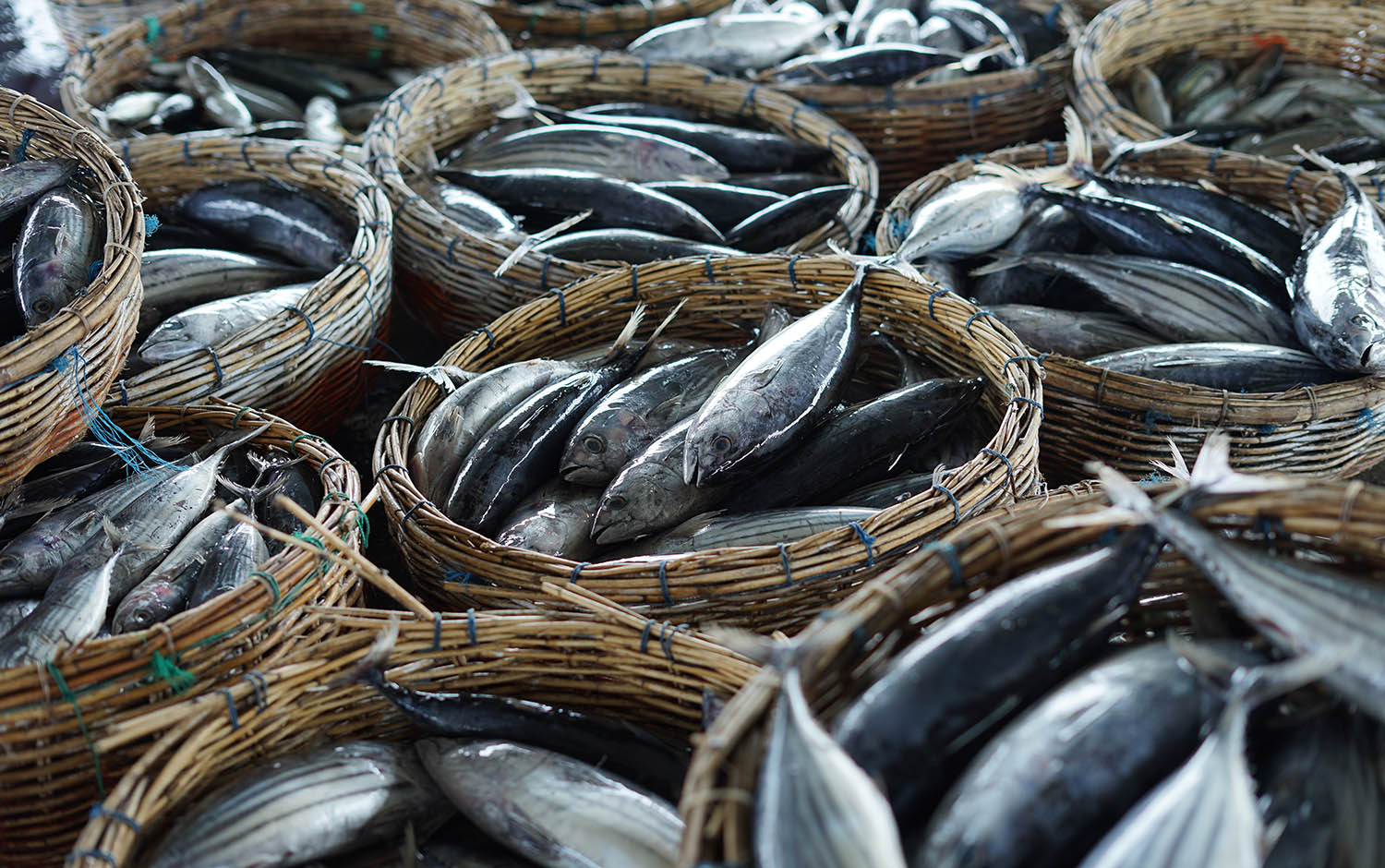French researchers have found that mercury levels in tuna have remained relatively unchanged at a relatively high level over the past five decades.
The researchers' study, published on 21 February and titled “Stable Tuna Mercury Concentrations since 1971 Illustrate Marine Inertia and the Need for Strong Emission Reductions under the Minamata Convention,” revealed mercury levels in the fish remained nearly the same from samples ranging from 1971 to 2022, according to the New York Times.
The use of fossil fuels is playing a particularly harmful role in keeping these levels elevated.
“Our study shows that we need to significantly cut emissions to even hope for a decrease in the next decades,” said David Point, a chemist at the French National Research Institute for Sustainable Development and a listed author of the research.
Mercury, which is a naturally occurring element, has entered into global food chains as a result of human activities such as mining and burning fossil fuels, according to the researchers. In the ocean, microorganisms transform mercury into a toxic element that accumulates in fish and shellfish, such as tuna.
The esearchers observed that mercury, which has accumulated over decades in the deep ocean, gets stirred up by natural ocean-mixing processes. As a result, mercury is brought to shallower depths where it becomes part of the marine food web and builds up in tuna and other fish.
The study found there was a surge in mercury contamination in skipjack tuna during the late 1990s, which was observed in the northwestern Pacific. That increase tracks with rising mercury pollution from Asian markets during the same period, the study said.
Lee Bell, a technical advisor for the Sweden-based International Pollutants Elimination Network, said it's important for countries to enhance mercury pollution restrictions to address the problem. Bell said those limitations should include establishing a deadline for discontinuing mercury utilization in industries such as gold mining.
“Business as usual means contaminated tuna well into the next century,” Bell said.
The U.S. Dietary Guidelines Advisory Committee, which is made up of independent experts guiding the U.S. government nutrition guidelines, recommends all adults incorporate seafood into their diets regularly. The advantages of consuming seafood surpass the risks associated with contaminants, such as mercury, according to the committee.
That's a viewpoint supported by numerous medical professionals, with the caveat that vulnerable groups such as pregnant women should be cautious when choosing what seafood to eat.








